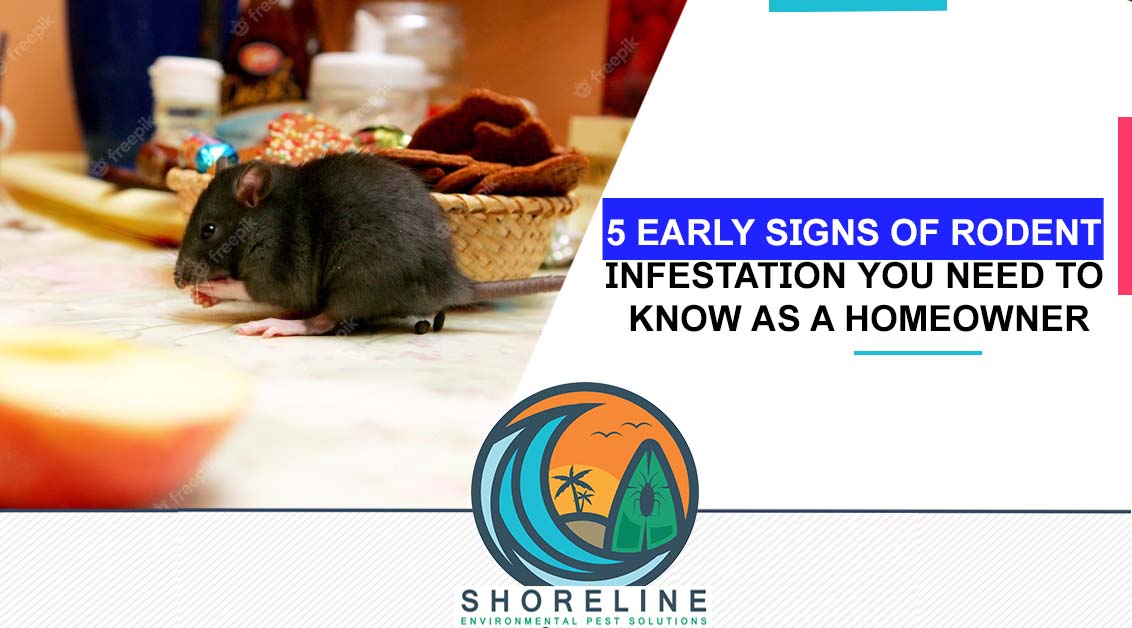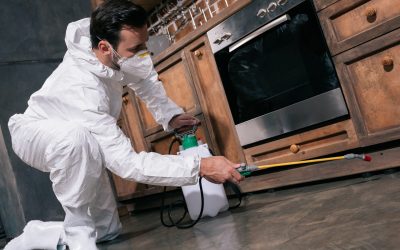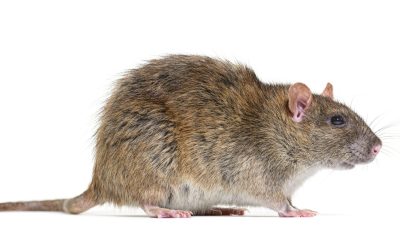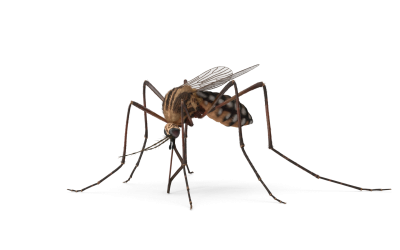As a homeowner, few things are more unsettling than the thought of a rodent infestation. Not only can it be dangerous to your health and your family, but it can also cause significant damage to your property.
Early detection is critical to preventing a full-blown infestation, so we have compiled this guide on the six early signs of a rodent infestation you need to know.
From droppings and urine to gnaw marks and scratching noises, we will cover all the telltale signs that point toward an infestation. We will also discuss what immediate action you should take if you spot any of these warning signs in your home.
Don’t wait until it’s too late – read on to learn how to protect yourself and your family from the dangers of a rodent infestation.
Importance of Early Detection in Rodent Infestation
Detecting a rodent infestation in your home early on is critical for preventing severe damage to your property and ensuring the health and safety of your family. Not only can rodents carry diseases harmful to humans and pets, but they can also cause extensive structural damage by gnawing through wires, insulation, and other materials.
By identifying signs of infestation early on, homeowners can promptly address the problem before it escalates. Regular inspections and maintenance can help identify potential issues before they become more significant, making early detection an essential aspect of pest control management.
What to Look for: Droppings and Urine
One of the first signs of a rodent infestation in your home is droppings and urine. Rodents tend to leave their waste in areas they frequent, such as along walls, inside cabinets, and near food sources. These droppings are typically small, dark, and oval-shaped, while urine may appear as small puddles or streaks.
In addition to droppings, you may also notice urine stains or odors. These can appear as small puddles or streaks with a strong, pungent smell. These signs in your home could indicate an active rodent infestation and should be addressed immediately.
It’s important to note that rodent droppings and urine can carry harmful bacteria and viruses, so it’s crucial to handle them with care using gloves and disinfectant.
Gnaw Marks and Damage
Rodents constantly need to gnaw on things to keep their teeth sharp and prevent them from overgrowing. This behavior often leads to visible damage in your home, such as chewed wires, baseboards, and furniture.
If you notice small, irregular holes in materials, it could be a sign of rodents chewing through them. Additionally, look out for shredded paper or fabric, as rodents often use these materials to build their nests.
Strange Noises and Tracks
Rodents are nocturnal creatures and are most active during the night. If you hear scratching, squeaking, or rustling from your walls, ceiling, or floors, rodents may have made your home their own. These noises may also be accompanied by rodents chewing or gnawing on materials.
Scratching noises, especially at night, may also suggest rodent activity. It’s crucial to investigate further if you notice these signs, as ignoring them could lead to further damage or health risks caused by the infestation.
You may also spot visible tracks along baseboards and walls, indicating the paths they frequently travel.
Grease Marks and Smell
Dark grease marks along floors and walls are a clear indicator of rodent activity. These smears are created by the oil and dirt that rodents leave behind as they move around your home. The grease marks can be found along rodent pathways, typically leading to food sources or nesting sites.
Additionally, if you notice a solid musky odor in your home, it could indicate the presence of rodents. Rodents frequently leave urine stains and droppings near their nests or food sources, contributing to a foul smell in your home.
Damaged Food and Nests
The presence of rodents in your home can cause significant damage to your food supply and other household items. Damaged food packaging and containers are one of the most apparent indications that you have an infestation. Look out for signs of gnawed or chewed materials, as rodents tend to chew through anything.
Rodents like to build their nests in warm, secluded areas such as attics, basements, and wall cavities. If you suspect a rodent infestation, you must check these areas for signs of nesting materials such as shredded paper, fabric, or insulation. Check for nests made of shredded materials, such as paper or fabric, which rodents use for shelter. Additionally, rodents create burrows in the soil if they can access the outdoors. These burrows can be found along walls or in gardens, indicating a more significant infestation that may require professional help.
Prevention and Control
The best way to deal with a rodent infestation is prevention. Ensure that all food sources in your home are stored in sealed containers and that no crumbs or spills are left behind. Keep your home clean and clutter-free, as rodents can use stacks of papers or boxes as hiding spots.
Seal any possible entry points in your home, such as cracks or holes in walls, vents, and doors. Use steel wool or wire mesh to block these potential entryways.
If you suspect a rodent infestation, it’s essential to address it immediately. Contact a pest control professional who can help identify the extent of the infestation and provide effective treatment options. Remember, early detection is critical to preventing further damage and health risks caused by
Rodent infestations can cause massive damage and pose serious health risks to you and your family. Early detection is vital in preventing the infestation from worsening and spreading throughout the home. Look for droppings, urine, gnaw marks, scratching noises, grease marks, and damaged food. If you notice these signs, immediately prevent further damage and exterminate the rodents. Remember that prevention is always better than cure.





0 Comments